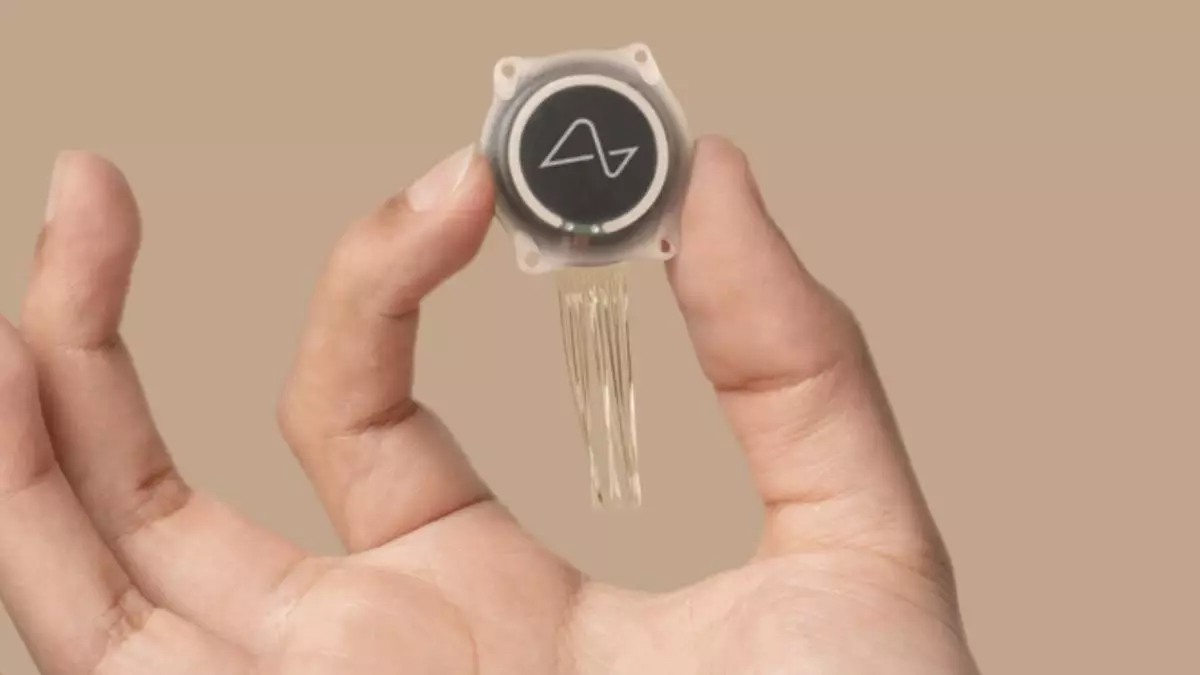In an era of rapid technological advancement, Elon Musk’s Neuralink is attempting to push the boundaries of medical science with its newly FDA-designated breakthrough device, Blindsight. This brain implant promises the remarkable potential to restore vision to individuals who have lost their sight, including those blind from birth. Although the excitement surrounding this innovation is palpable, it is essential to dissect both its technological merits and the inherent challenges that accompany such ambitious claims.
The FDA’s Breakthrough Device Designation signifies a crucial step in the approval process for medical technologies that offer substantial benefits to patients facing life-altering conditions. By expediting development and review, this designation allows companies like Neuralink to potentially bring transformative solutions to market more swiftly. Musk’s aspirations for the Blindsight device not only target restoration of vision for individuals with eye trauma but also propose the tantalizing possibility of enabling sight for those who have never experienced it. This kind of innovation, if successful, could redefine what is possible in the realm of neuroscience and rehabilitative medicine.
The Mechanics of the Blindsight Device
At its core, the Blindsight device operates through a microelectrode array implanted in the visual cortex, stimulating neurons to create a visual perception that could potentially mimic sight. Although a fundamentally sound approach, using electrical impulses to bypass damaged optical pathways is not groundbreaking in neuroscience. What remains uncertain is the efficacy of this technology when faced with complex visual processing, especially for those who have been blind since birth. The perception of visuals requires not only anatomical capability but also an innate understanding of spatial orientation and interpretation, challenges that the Blindsight device may not adequately address.
Musk’s humorous comparison of the initial experience of sight to “Atari graphics” serves to set expectations but raises vital questions regarding the distinction between simulated visuals and functional sight. Current limitations in electrode density have historically thwarted improvements in resolution, leaving much to be desired in real-world application. A leap from primitive visuals to an advanced, functional sight system remains an intimidating challenge.
The push for advanced brain implants such as Blindsight is reminiscent of society’s longer historical relationship with technology aimed at enhancing human capability. With innovation comes responsibility and a need for ethical discourse, especially regarding the kind of narratives promoted by influential figures like Musk. His characterization of the Blindsight device as a tool for giving sight to those who have been blind from birth risks oversimplifying a profoundly complex intersection of neuroscience and human experience.
Experts have cautioned that the blind, particularly those born without sight, may find the transition to visual perception riddled with obstacles, including a lack of developed cognitive constructs necessary for interpreting visual input. Such oversights could potentially create a chasm between expectation and reality, and the risks of fostering misconceptions about the capabilities of the technology cannot be underestimated.
The Future of Neuralink and Its Aspirations
As Neuralink forges ahead in the hopes of making significant contributions to medical science, the aspirations of the company continue to attract both admiration and skepticism. If Musk and his team can navigate the challenges of developing Blindsight while maintaining realistic expectations for its users, the prospects for restoration of sight could be revolutionary. Nevertheless, the inherent hurdles—both technical and societal—must not be minimized in the race toward technological advancement.
While the ambition of Neuralink’s Blindsight to restore vision is commendable, it is crucial for both the scientific community and society at large to approach such innovations with a balanced perspective. Acknowledging the complexities of human perception and the intricacies of brain function is vital to grounding expectations. Only then can we hope to bridge the gap between speculative futurism and genuine medical breakthrough.

